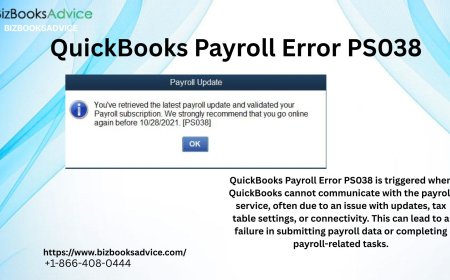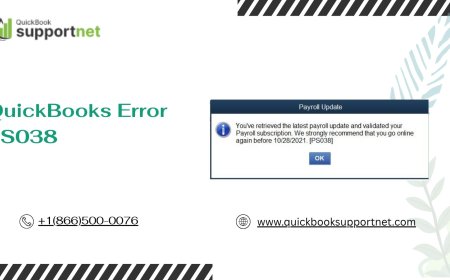How to Draft a Data Processing Agreement Under UAE PDPL


Crafting a clear, accessible Data Processing Agreement (DPA) under theUAEs Personal Data Protection Law (PDPL)is both a legal necessity and an opportunity to build trust. A well-written DPA guides your organisation and its service providers through every step of handling personal data, ensuring compliance with Federal Decree-Law ?45 of 2021
Understanding the UAE PDPL
The PDPL applies to any entity inside or outside the UAE, that processes personal data of individuals in the Emirates. It requires a valid legal basis for every processing activity, ensures respect for data?subject rights (like access, correction, erasure, portability, objection), mandates robust security measures, and imposes strict controls on international data transfers. It also demands prompt breach notification to both the UAE Data Office and affected individuals where required. Embedding these principles in your DPA transforms complex legal framework into clear, actionable commitments that build trust.
Defining Purpose, Scope and Duration
Begin your DPA by stating its purpose in plain language: the agreement exists to ensure thatpersonal data shared between your organisation(the controller) and the service provider (the processor) is used only for agreed-upon activities and always kept secure.
Specify:
- Categories of data covered (e.g., names, contact info, purchase records).
- Purpose for processing (for example: order fulfilment, marketing insights, customer support).
- Retention period: clearly state how long the processor keeps the data, and that once this period ends, the data will be either returned or securely deleted.
Clarifying Roles and Responsibilities
A key to avoiding confusion is a concise, clear paragraph that spells out who does what:
- Controller: Decides why and how data is used whether its sending order confirmations, marketing updates, reporting, or analytics.
- Processor: Carries out those tasks only as per the controllers documented instructions.
This reflectsArticle 7andArticle 8of the PDPL, which are clear that the controller sets the purpose and means, while the processor must stick strictly to instructions and support compliance efforts, especially when it comes to implementing technical and organisational measures, handling data only within the agreed scope and timeframe, and returning or deleting data when processing is done
Establishing Lawful Bases for Processing
For example:
- Consent: Collected clearly (e.g., via an online checkbox), recorded in a central register, and easy to withdraw.
- Contract necessity: When data is essential to fulfil a service (like processing an order).
- Legal obligation: To comply with requirements under UAE law.
- Public interest or vital interests: If permitted under PDPL (e.g., public health, safety, or safeguarding someones vital interests)
Respecting Data-Subject Rights
Lay out a simple, step-by-step overview of how your organisation and processor will handle requests from individuals seeking to exercise their rights.
- How to submit a request: Individuals can email requests to a dedicated address or use your online portal. As Article 19 requires, you must provide clear and accessible contact channels
- Verify the requester: To protect privacy, you should confirm the persons identity through a standard method such as a government ID scan, customer account check, or secure 2?factor authentication before sharing any data
- Process the request within the legal deadline: While the law doesnt specify an exact timeframe, the best practice (and in line with global standards) is to respond within 30 days. If you need more time, let the person know and explain why
- Walk through an example: When a customer asks to see their purchase history,(a) verify who they are, (b) collect the relevant records, and send the information securely within 30 days. This makes the process feel real and trustworthy.
- Include exceptions and follow?ups: If you need to refuse a request (e.g., third?party privacy, legal exemptions), explain clearly why and reference the relevant PDPL articles (e.g., Articles 1318). Also provide a path for appeal mention that individuals can escalate matters to the UAE Data Office if theyre unhappy with the outcome.
Read Full Blog Here How to Draft a Data Processing Agreement Under UAE PDPL


































